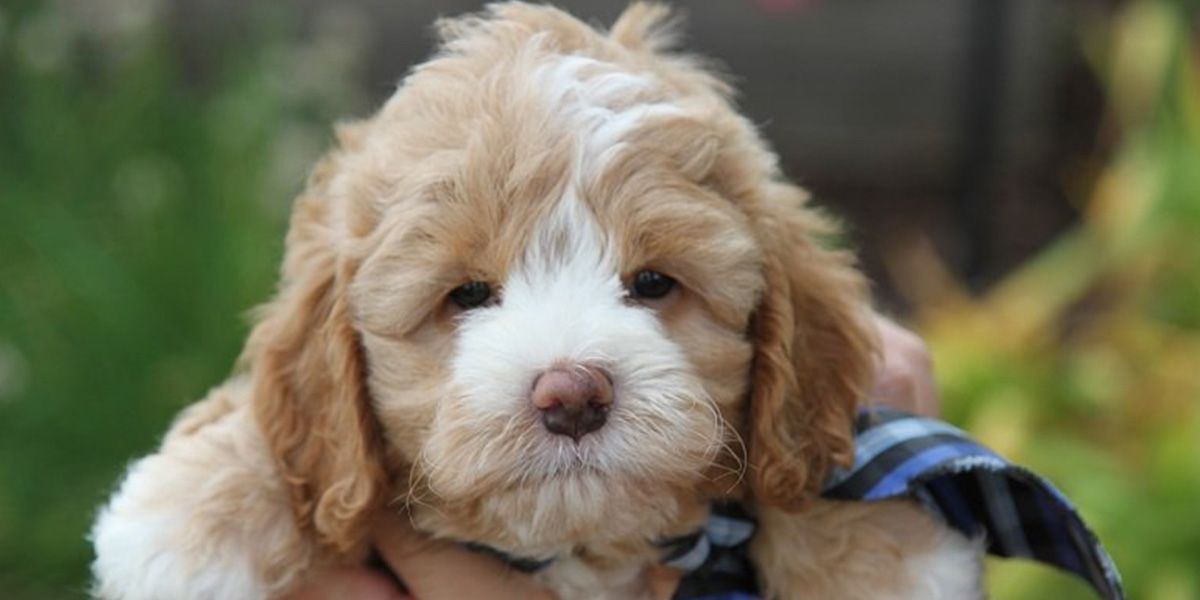Goldendoodles have gained immense popularity as a crossbreed between Golden Retrievers and Poodles. They are known for their intelligence, friendly nature, and adorable appearance. One of the most intriguing aspects of Goldendoodles is their coat, which can vary significantly depending on the generation and breeding. In this article, we will delve into the different coat types of Goldendoodles, focusing on F1, F1B, and other variations.
To understand the coat types, we need to first comprehend the breeding generations of Goldendoodles. The first generation, referred to as F1, is a direct cross between a Golden Retriever and a Poodle. F1 Goldendoodles often have a loose or wavy coat, which can range from straight to moderately curly. This coat type is ideal for individuals who prefer a low to moderate level of shedding.
Moving on to the F1B generation is a cross between an F1 Goldendoodle and a Poodle. This generation is highly sought after for its hypoallergenic properties, making it a popular choice for those with allergies. F1B Goldendoodles have a curlier coat compared to the F1 generation, which helps reduce shedding and minimize dander. The tightly curled or spiraled hair of an F1B Goldendoodle is less likely to cause allergies or trigger allergic reactions.
In addition to the F1 and F1B generations, there are several other variations of Goldendoodle coats. These variations include:
F2: The F2 generation is a cross between two F1 Goldendoodles. This generation can exhibit a wide range of coat types, including wavy, curly, or straight. It is important to note that F2 Goldendoodles may have a higher tendency to shed compared to the F1 and F1B generations.
F2B: An F2B Goldendoodle is the result of breeding an F1 Goldendoodle with an F1B Goldendoodle. This generation typically has a curlier or wavier coat, similar to the F1B generation, with reduced shedding and increased hypoallergenic qualities.
Multi-generational (Multigen): Multigenerational Goldendoodles are the result of breeding two Goldendoodles. These dogs have a more consistent coat type and are often sought after by individuals who prefer a specific coat texture, such as tight curls or loose waves. Multigen Goldendoodles are generally low to non-shedding and considered hypoallergenic.
It's important to note that while coat types can provide a general understanding of shedding and hypoallergenic qualities, individual variations within each generation are possible. Each Goldendoodle is unique, and even within the same litter, puppies can have different coat types.
When selecting a Goldendoodle, it's crucial to consider your preferences regarding shedding and allergies. If you or a family member has allergies, F1B or multigenerational Goldendoodles may be the best choice due to their hypoallergenic properties. However, it's advisable to spend time with the specific dog to gauge any potential allergic reactions before making a final decision.
Regular grooming is essential to maintain the coat of a Goldendoodle, regardless of the generation or coat type. Brushing should be done frequently to prevent matting, especially for curly-coated Goldendoodles. Regular trips to a professional groomer are also recommended to keep the coat clean, healthy, and free of tangles.
Understanding the coat types of Goldendoodles, including F1, F1B, and other variations, is crucial when selecting a dog that aligns with your shedding and hypoallergenic preferences. Whether you desire a looser, wavy coat or a curlier, hypoallergenic coat, knowing the generation and specific coat type will help you make an informed decision. Additionally, regular grooming is important for all Goldendoodles to maintain a healthy and tangle-free coat. By considering the coat type and taking care of their grooming needs, you can ensure a happy and harmonious relationship with your Goldendoodle companion.

